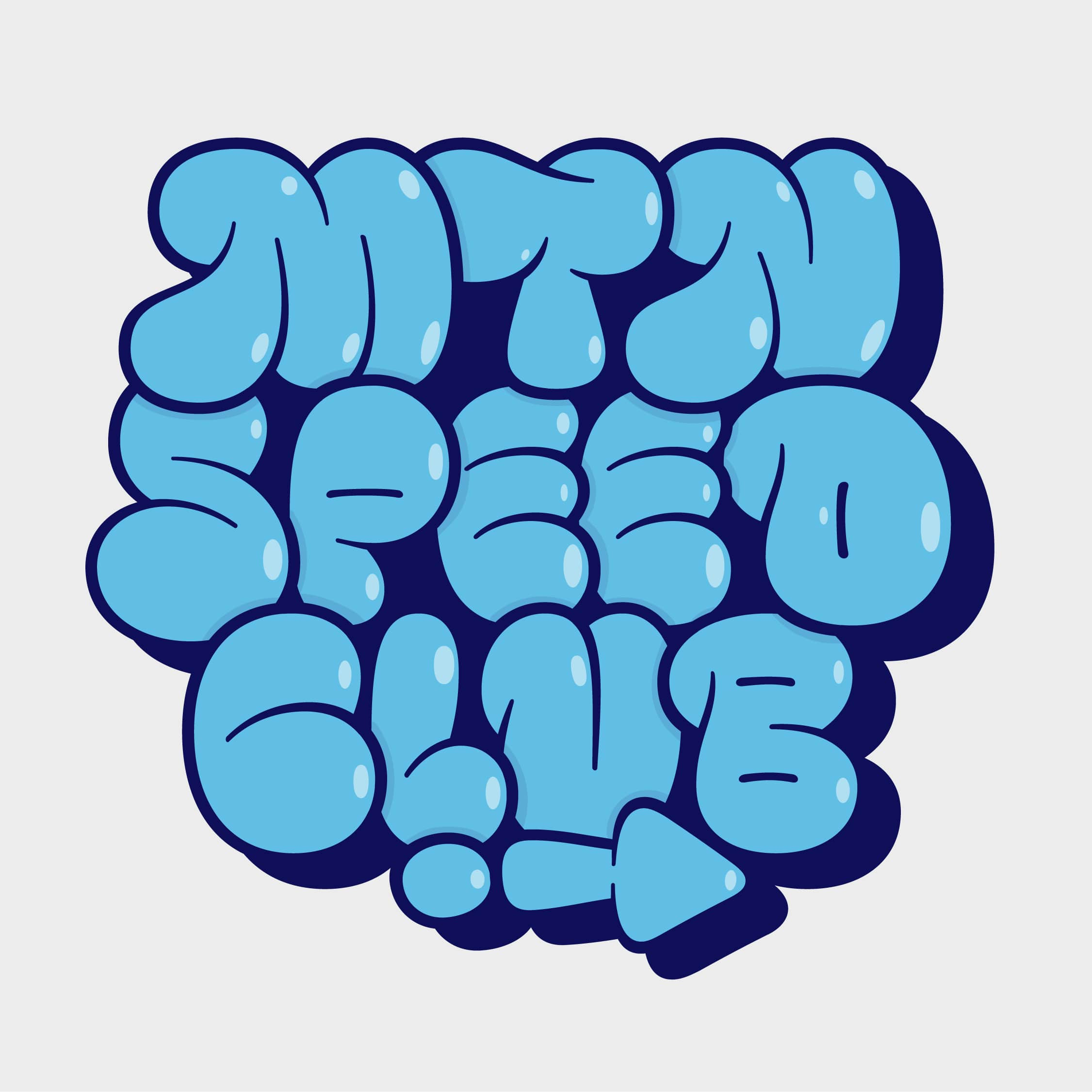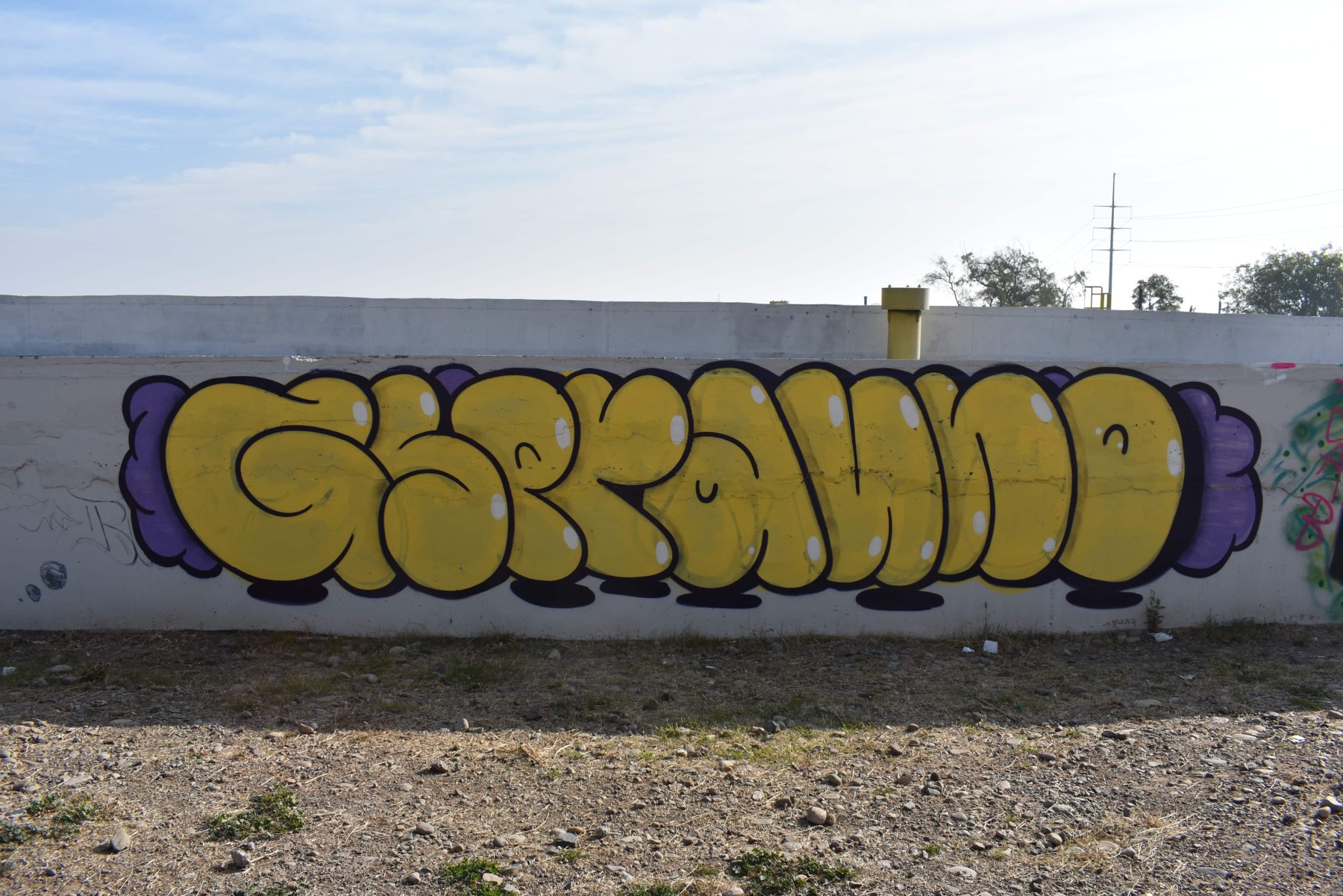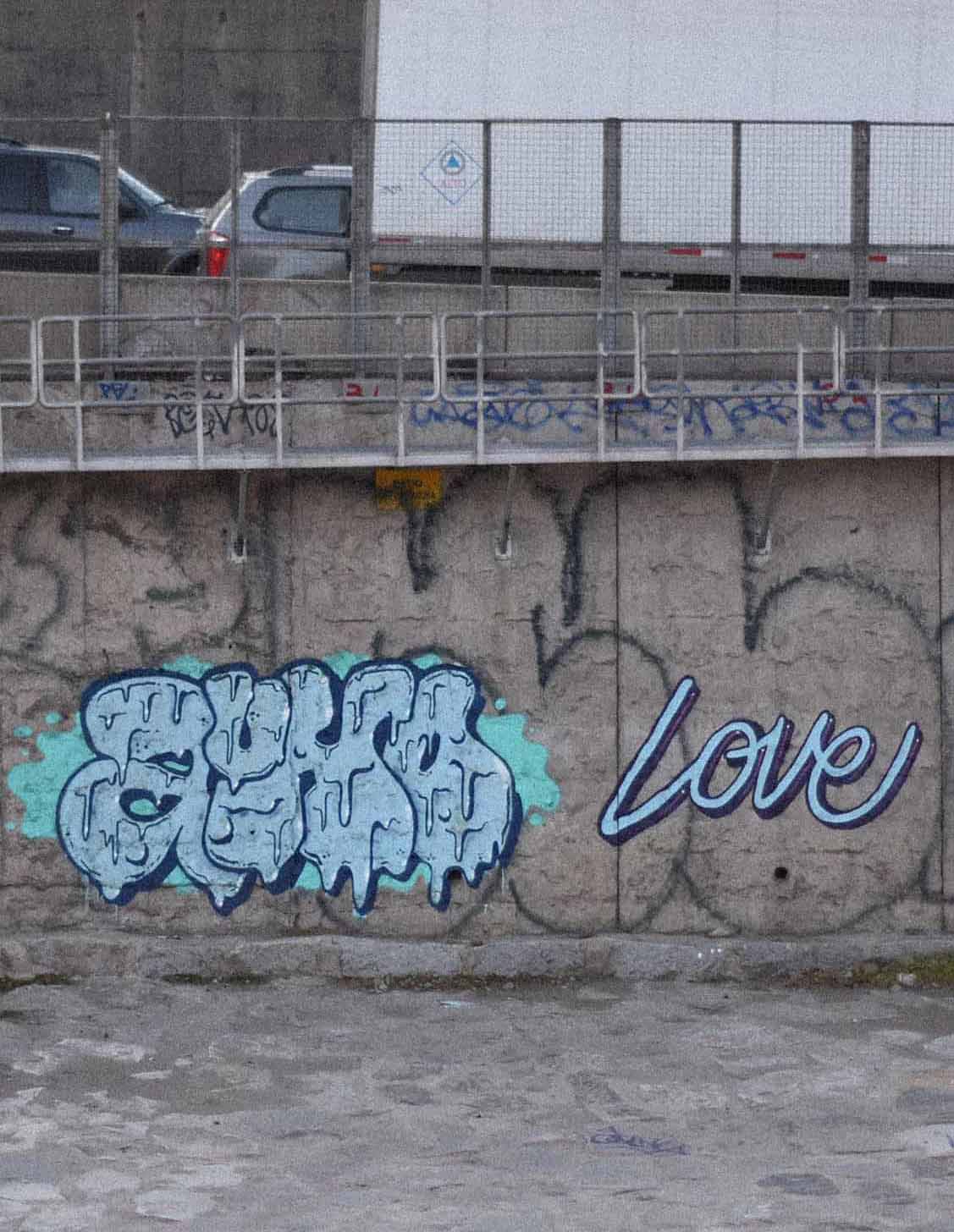AN INTERVIEW WITH GASPAR MUÑOZ: THE DUALITY BETWEEN TYPOGRAPHY AND GRAFFITI
IG: @Gsprauno
Gaspar was born in Santiago in 1997. He began studying design in 2015. Drawn initially to the streets, he developed a growing interest in typography when he started going out to paint with his friends at 13. He attended one of our workshops a few years ago, followed by the Typography diploma course at UC (Catholic University). His typefaces Mamba, Munchies and Throwup (his most recent work) have been published by W TYPE FOUNDRY.
Gaspar, how did you get started in graffiti, how long have you been doing it?
I was always drawn to painted walls in the street. I was impressed by how the artists controlled the strokes, the colors and of course, the letters. I was always trying to decipher what each tag, flop or wildstyle I saw out there meant.
When I was in 7th grade (aged 13), around 2009, hip hop culture was booming and a group of my classmates and I got very into it. It motivated us to start rapping and doing graffiti. I soon realized that the rapping part wasn't my strong suit, but that's when I threw myself completely into drawing and painting graffiti. We would go out to paint abandoned houses near our school, under bridges, and to tag buses. Each week we'd go to Eurocentro (a mainstay of Santiago's pop and underground culture for the last few decades) to buy spray paint, inks or whatever we could find to leave a mark, painting and tagging everything on our way back.
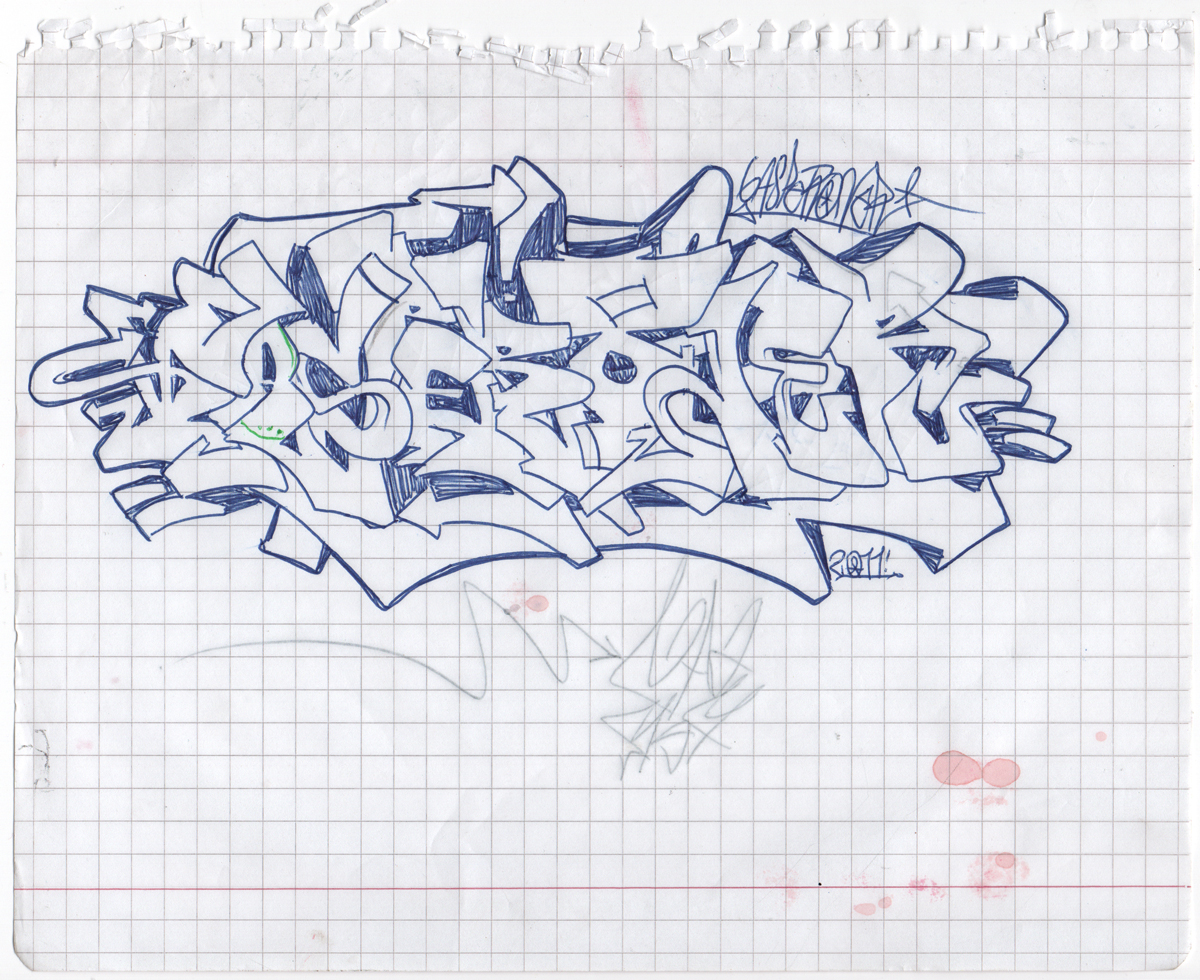
I SOON REALIZED THAT THE RAPPING PART WASN'T MY STRONG SUIT, BUT THAT'S WHEN I THREW MYSELF COMPLETELY INTO DRAWING AND PAINTING GRAFFITI.
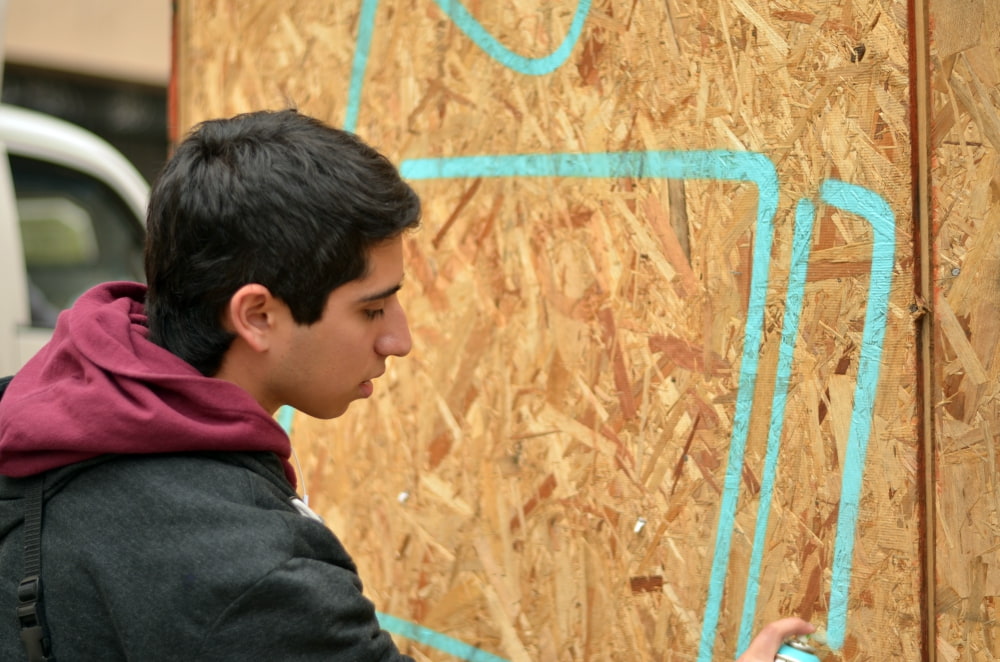
Graffiti is intimately related to letters in a gestural way, like a choreography of writing. It is related to typography but not exactly typography as such. How did you arrive at type design?
I first encountered it in school, soon after I began to paint. I would always make the same letters whenever I painted, but when I had to do letters that I wasn't used to, they'd look horrible. That led me to search for fonts with similar looks to use as references, and that's how I came across Dafont.
I was intrigued by how the typefaces were made, who was behind them and why they uploaded them. Years later I started studying graphic design, in one of the first classes, a teacher told us about the importance of typography in design - "this is a great website to download fonts" - it was Dafont.
That's when I got really excited because I felt I wasn't making a mistake in choosing that major, that it related well to my existing interests. Typography classes were my favorite I felt motivated to go to class as never before, handed in my work on time, arrived early and even took notes.
The year after that (2018) I did an internship at W, and I never left. I have already published 3 typefaces as a collaborator: Mamba, Munchies and Throwup.
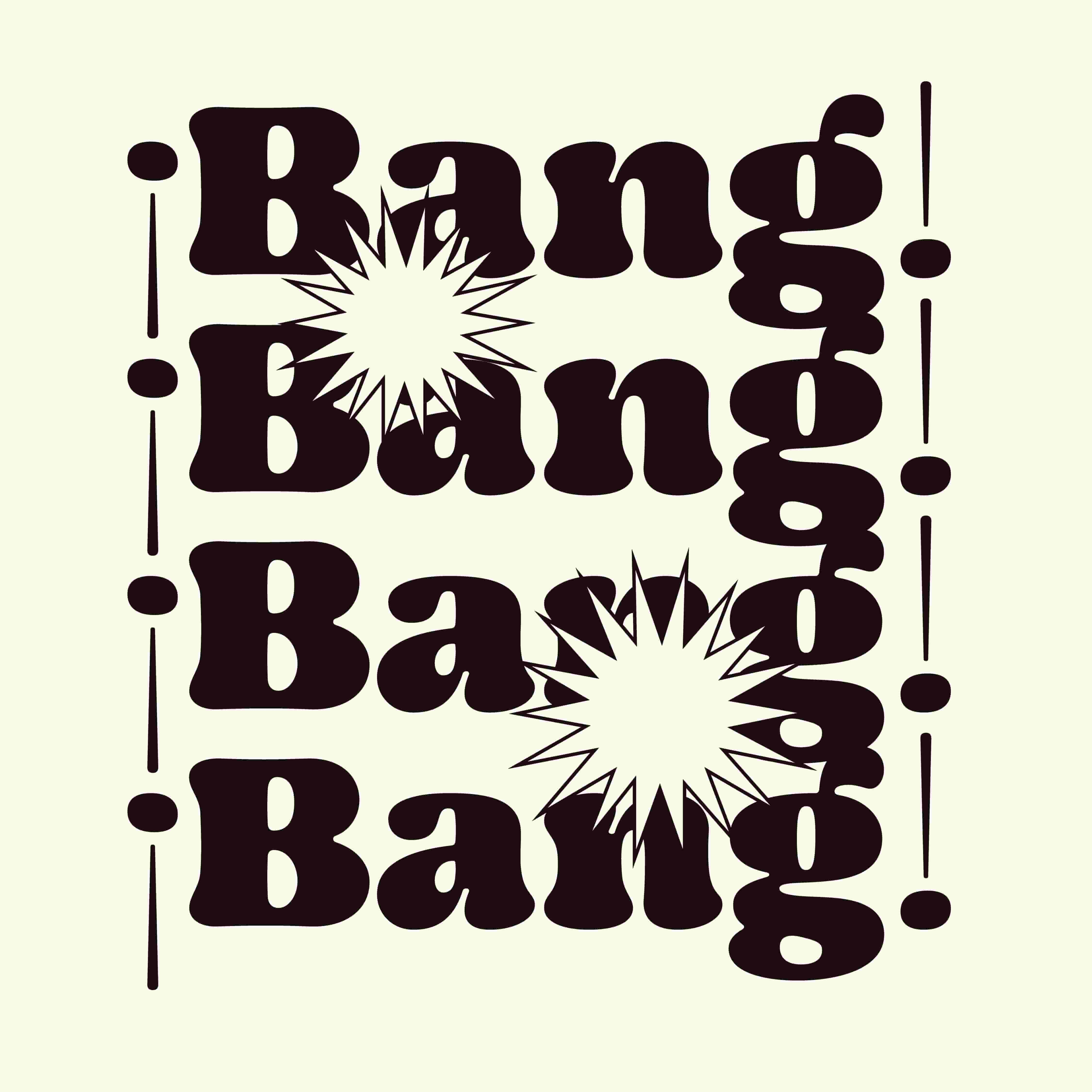
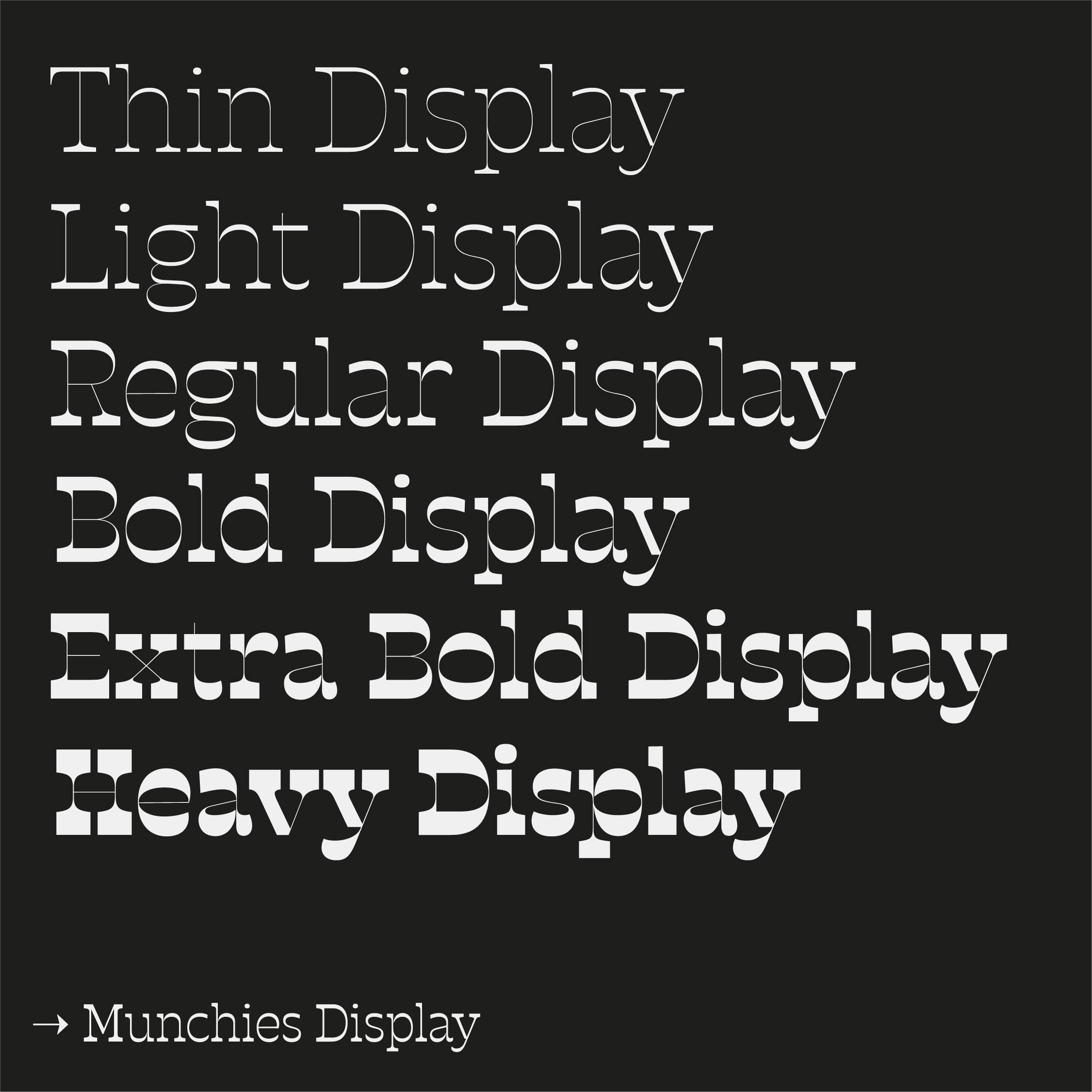
"I LIKE THAT KIND OF DUALITY, WITH LETTERS AS THE SOLE SHARED ELEMENT"
Your latest typeface is Throwup, a free download font heavily influenced by graffiti in its form. It also explores the technology of Color Fonts. Tell us about the creative process behind Throwup.
I had always wanted to do a graffiti font, since I was a schoolboy. I didn't like the ones you could get at Dafont and the ones I liked weren't free, and since I wasn't about to spend my lunch money on fonts, I wanted to make my own.
When I entered the typography diploma I decided it was time to finally make that graffiti font. I was already drawing letters in a defined style, and I wanted to incorporate some gestures that I used in my paintings, like the stroke transitions from caps or valves. I usually go with the wider Pink Dot or Ny Fat caps that give you more extreme transitions.
At first, It was difficult to systematize shapes, when you paint in the street there is no established pattern. Flop style mixes lowercase and uppercase, and there are no ascenders or descenders. Also there is no spacing, normally the letters overlap each other, an important feature that I wanted to replicate in the font.
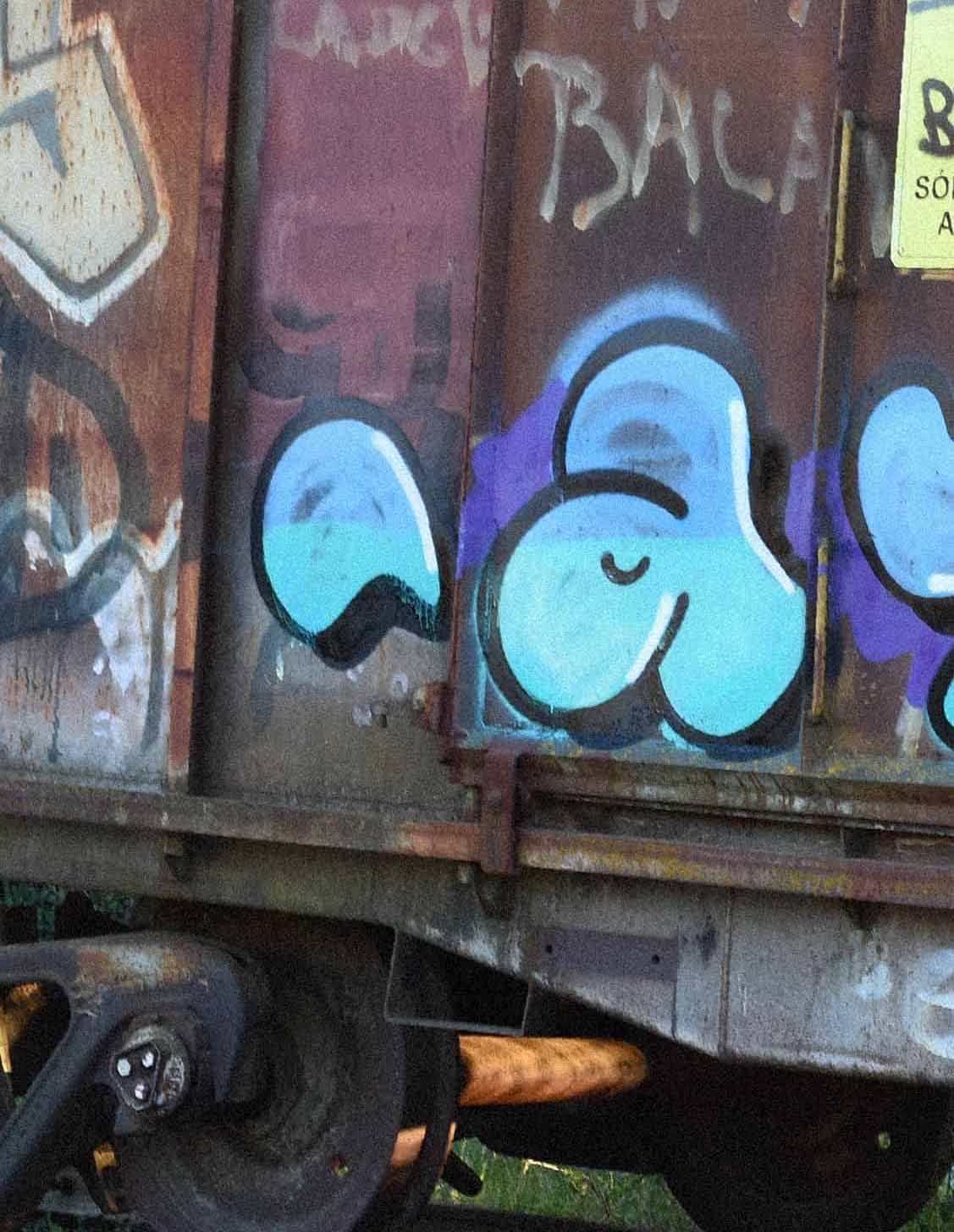
"THE PROCESSES ARE ALSO VERY DIFFERENT, A TYPEFACE CAN TAKE 5 MONTHS OR MORE. A FLOP TAKES ME ALL OF 10 MINUTES, AN HOUR IF IT'S VERY ELABORATE"
Due to time issues, I couldn't finish the project 100% within the diploma, the following year I took it up again to finish it, I added special characters, ligatures, alt Caps, final letters, etc. For the Color Fonts, I had to search a bit more since it is not that common, I looked in some forums (Glyphs, TypeDrawers) how to apply the color until I made it work.
I published it on Behance and it did really well. It got a ton of downloads, but people started uploading it to free font websites without my permission. It didn't have a license either, any company could use it without paying a dime, so I pulled it from the Behance. I asked Bana (one of the partners at WTF) about the possibility of publishing it through W's website for free. They added the personal non-commercial use license, I made a couple more changes, added shadows, highlights and 4 Color Font combinations that are highly used in flops (at least by me) to round out the family.
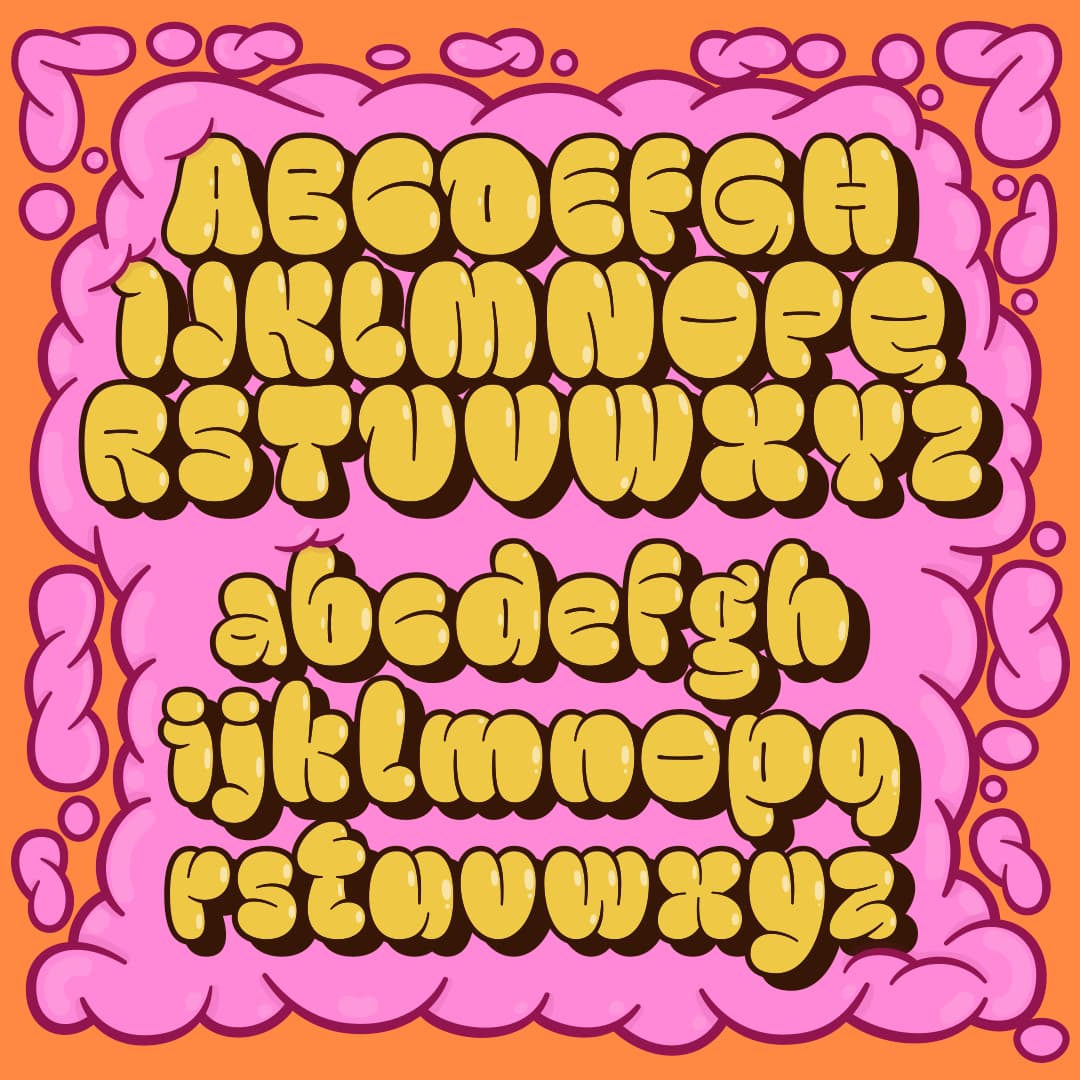
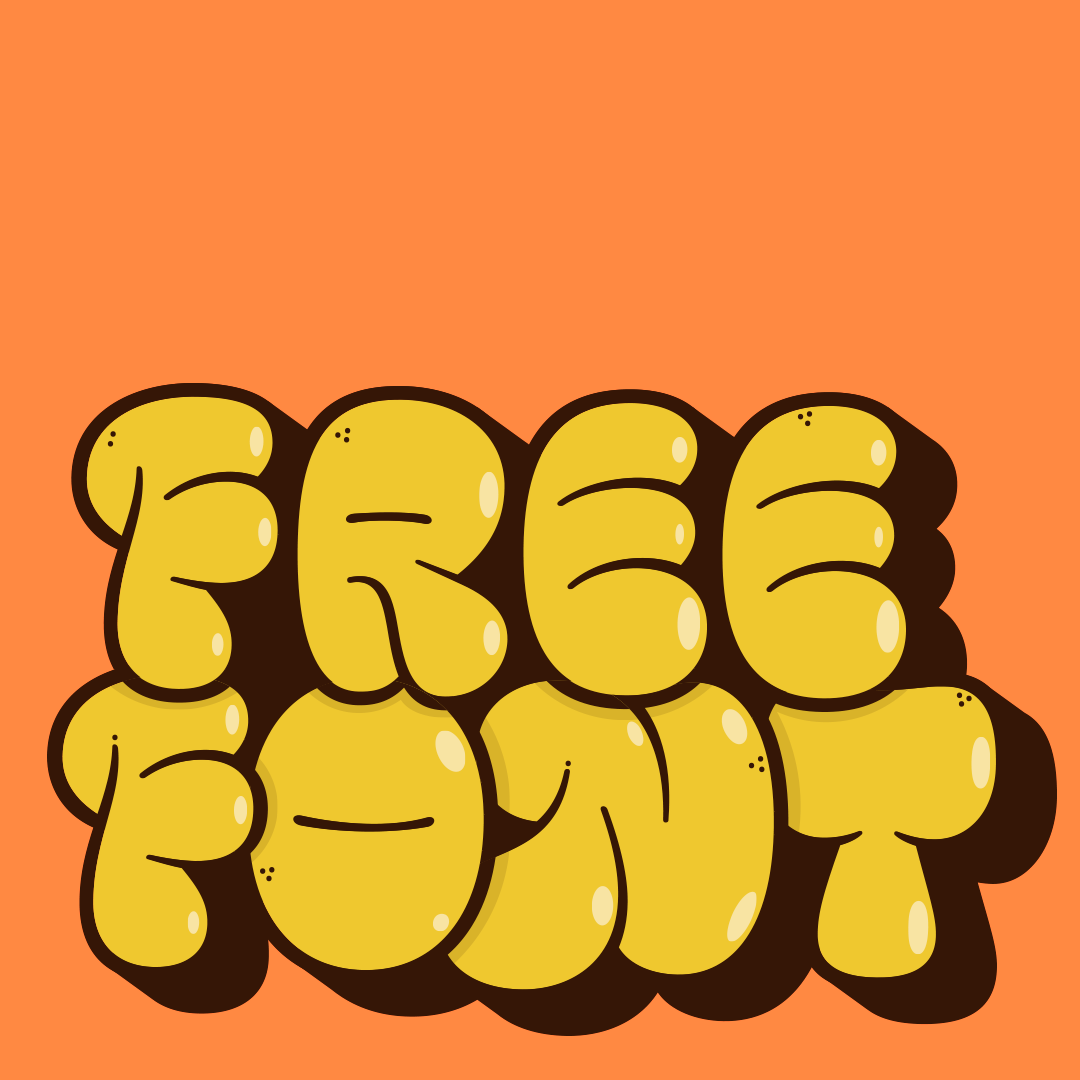
How do the street and the discipline of type design mix, are these compatible?
They are opposites, for me, graffiti is an activity without any kind of rule, theme, or specific idea. It does not belong to an artistic or academic movement. While typography is the opposite, it is a discipline with many rules and regulations, it must be studied, understood and practiced.
The processes are also very different, a typeface can take 5 months or more. A flop takes me all of 10 minutes, an hour if it's very elaborate. I like that kind of duality, with letters as the sole shared element. In one I can do whatever I want (colors, shapes, walls, etc.), in the other I have to abide by certain parameters that are a bit more defined, which makes the design process more orderly.
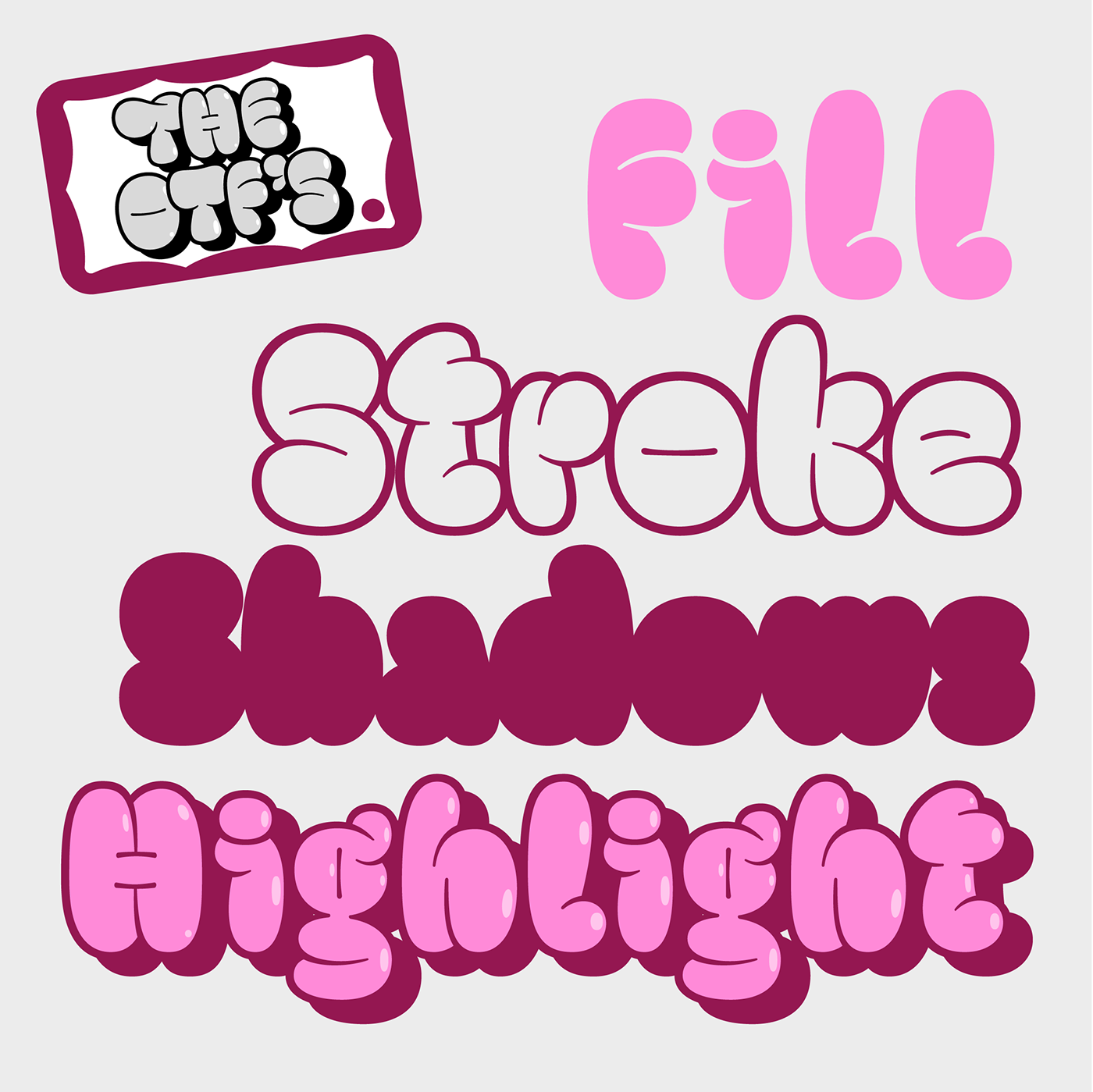
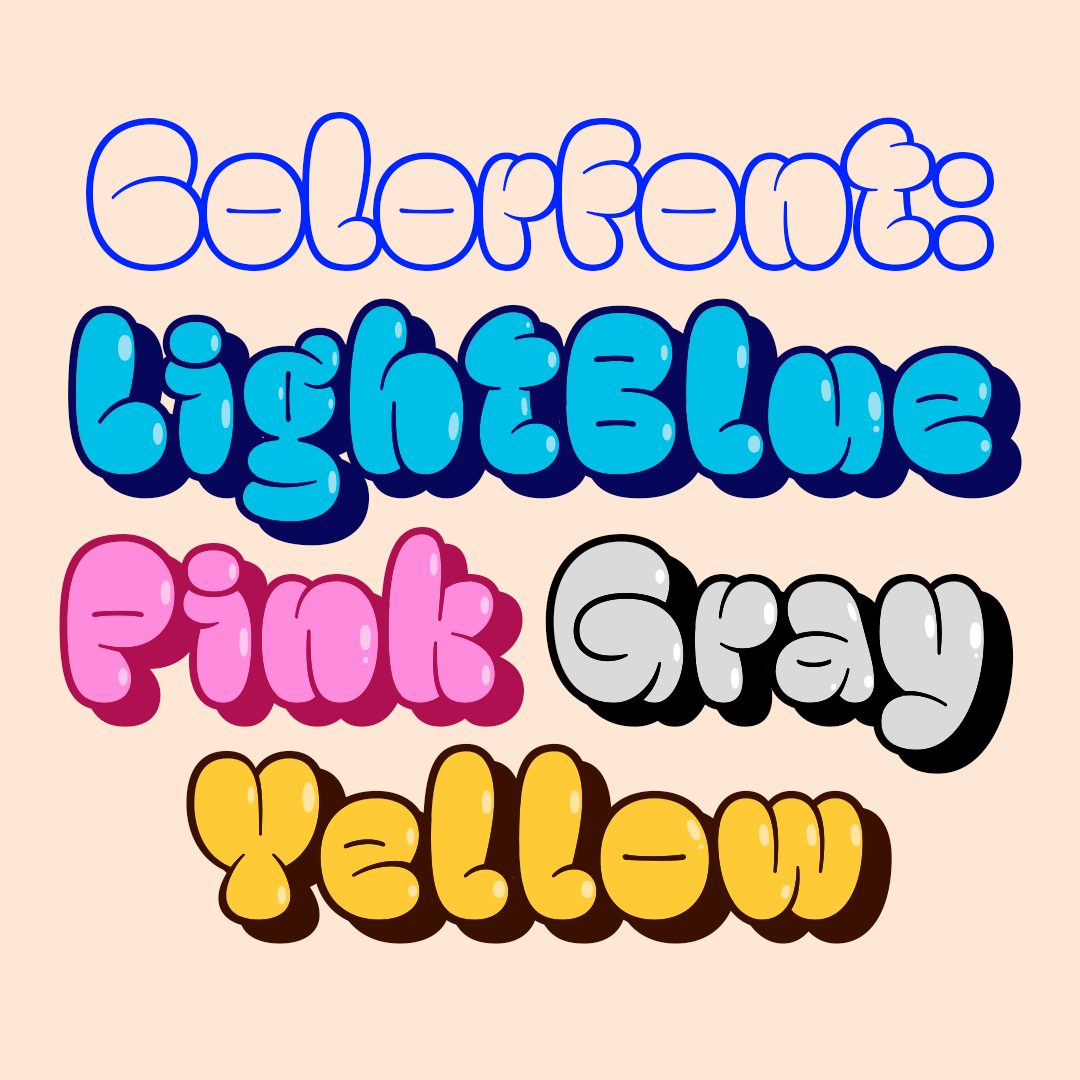
What are you working on right now?
I'm designing a grotesque Sans-Serif family that includes weight variations and different widths. It's very far along but I'm still adjusting various details and making corrections to it with Diego and Deivid, to make it a more unique and eye-catching typeface.
DOWNLOAD THROWUP FREE —
